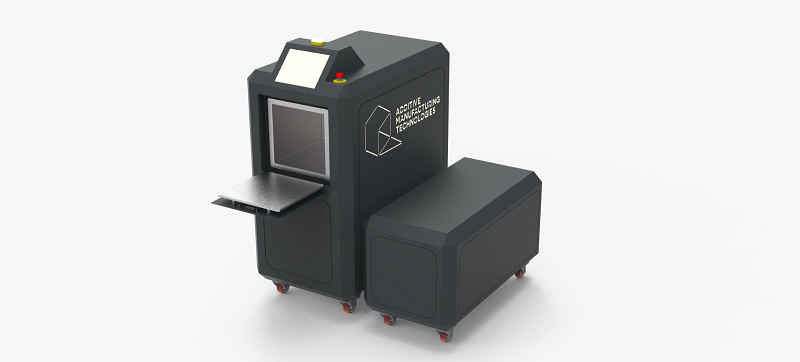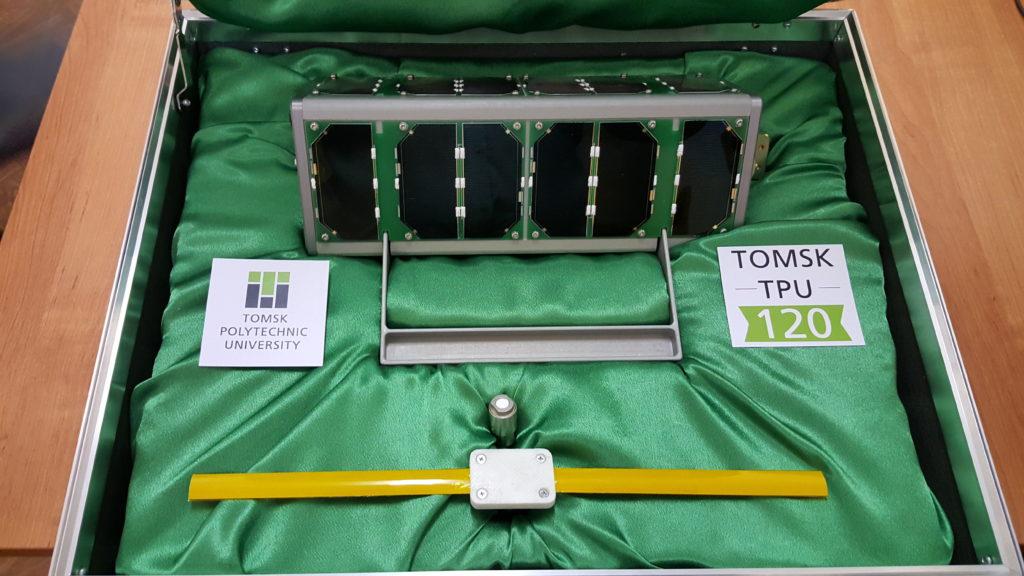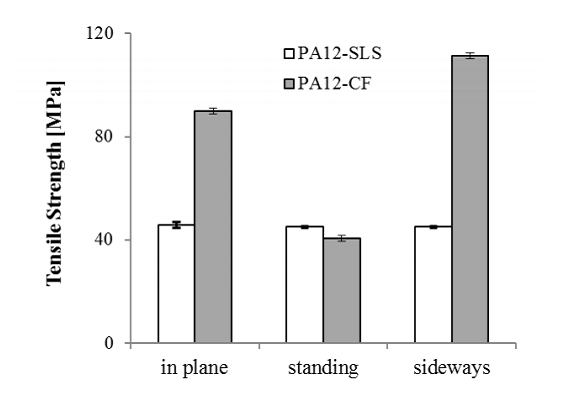 UK-headquartered Additive Manufacturing Technologies (AMT) is a vertically integrated technology development and manufacturing company that creates automated digital solutions to help its customers unlock the potential of industrial 3D printing. In 2017, when the company was founded, it introduced its PostPro3D commercial offering, which automatically smooths elastomeric and nylon 3D printed parts. The patent-pending technology, which was officially released last year, provides an automated and sustainable post-processing solution for high volume, production 3D printed parts, and works on all types of filament- and powder-based 3D printing methods.
UK-headquartered Additive Manufacturing Technologies (AMT) is a vertically integrated technology development and manufacturing company that creates automated digital solutions to help its customers unlock the potential of industrial 3D printing. In 2017, when the company was founded, it introduced its PostPro3D commercial offering, which automatically smooths elastomeric and nylon 3D printed parts. The patent-pending technology, which was officially released last year, provides an automated and sustainable post-processing solution for high volume, production 3D printed parts, and works on all types of filament- and powder-based 3D printing methods.
Now, AMT has announced the first sale of its new PostPro3DMini system, which was introduced to the market earlier this year. The Institute of Micro Technology and Medical Device Technology (MIMED) of the Technical University of Munich (TUM) confirmed that it has purchased one of AMT’s automated PostPro3DMini post-processing systems, which it plans on using to support its ongoing medical device research.
“We are really pleased to be working with the Mechanical Engineering department at TUM. This is a prestigious research institute that has been working on the progression of AM for many years. The fact that they have purchased the PostPro3DMini to support this research, and for such a demanding application in the medical device sector, is a real testament to the capabilities of the PostPro3D platform and how it can meet the demands for such applications that previously have not been met,” stated Joseph Crabtree, the CEO of AMT.
All of AMT’s post-processing systems are both UL- and CE-certified. The PostPro3DMini is based on the company’s proprietary, automated BLAST (Boundary Layer Automated Smoothing Technology) process, and offers all of the original PostPro3D’s advantages in a more compact unit. It’s a great size for design studios, research institutions, STEM programs, and smaller production runs, and is just as safe and sustainable for polymer 3D printed parts.
Speaking of safety and sustainability, AMT holds these as paramount to its philosophy, and so completed tests on EOS PA2200 3D printed parts processed with its PostPro3DMini. The results conform with all necessary cytotoxicity tests, in addition to skin irritation tests to normative references: ISO 10993-10 (2013), ISO 10993-1 (2018), and OECD TG 439.
The new PostPro3DMini system provides excellent smoothing and surface modification, which is able to achieve a surface quality that’s at least equal to injection molding for 3D printed polymer parts, if not even better. Rather than using water, the process uses a single, recyclable, non-toxic agent instead, and AMT’s automated post-processing hardware is well-suited for applications in medical devices.
 The ISO:13485-certified MIMED at TUM has embraced 3D printing as a viable development and production method for its continued research into new medical devices. That’s why the department was on the lookout for a commercially available system for post-processing when it discovered AMT’s PostPro3DMini.
The ISO:13485-certified MIMED at TUM has embraced 3D printing as a viable development and production method for its continued research into new medical devices. That’s why the department was on the lookout for a commercially available system for post-processing when it discovered AMT’s PostPro3DMini.
MIMED is currently developing individualized instruments for different medical applications using EOS PA2200 material; obviously, as this material is what was tested on the PostPro3DMini, the institute sees a lot of potential for the system. The PostPro3DMini will be integrated into MIMED’s 3D printing process for creating medical devices, in order for the institute to increase its range of SLS medical device parts.
Discuss this story and other 3D printing topics at 3DPrintBoard.com or share your thoughts in the Facebook comments below.
[Images: Additive Manufacturing Technologies]
The post TUM Purchases AMT’s PostPro3DMini for Post-Processing 3D Printed Medical Device Parts appeared first on 3DPrint.com | The Voice of 3D Printing / Additive Manufacturing.






